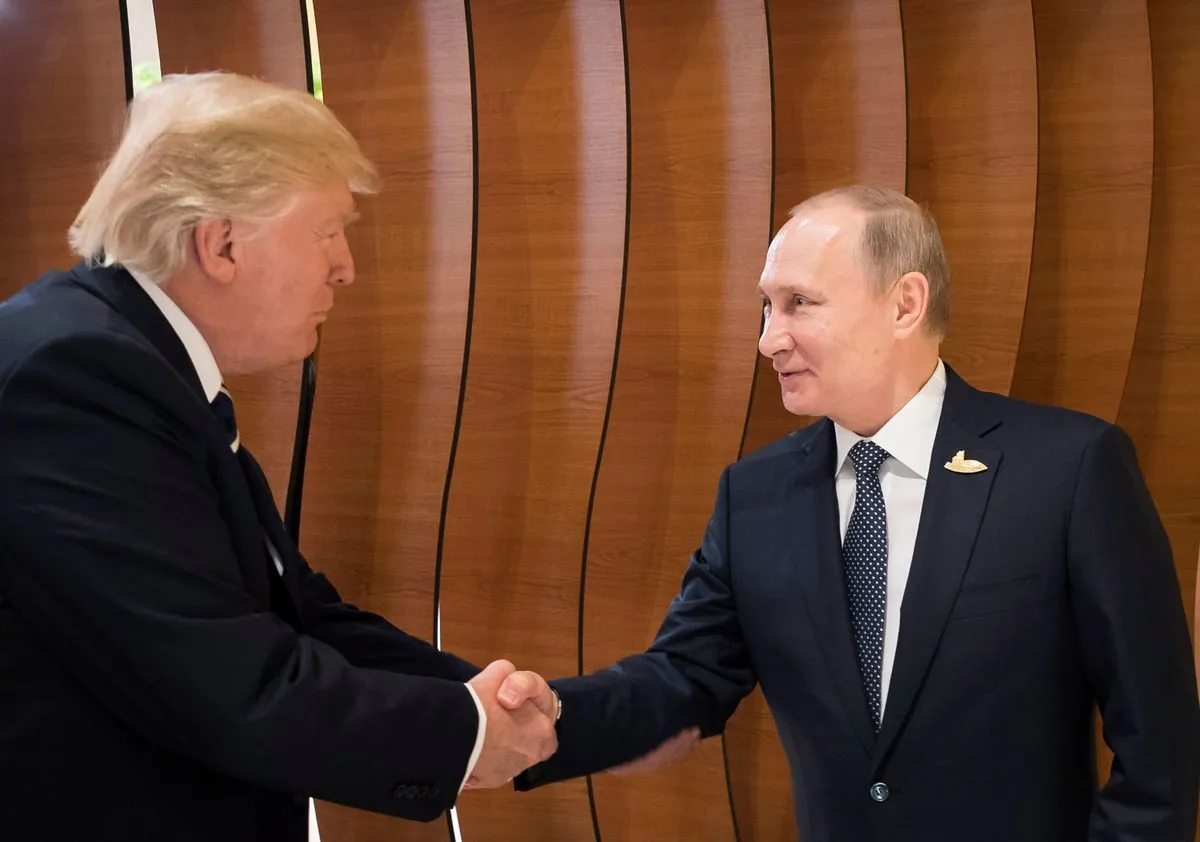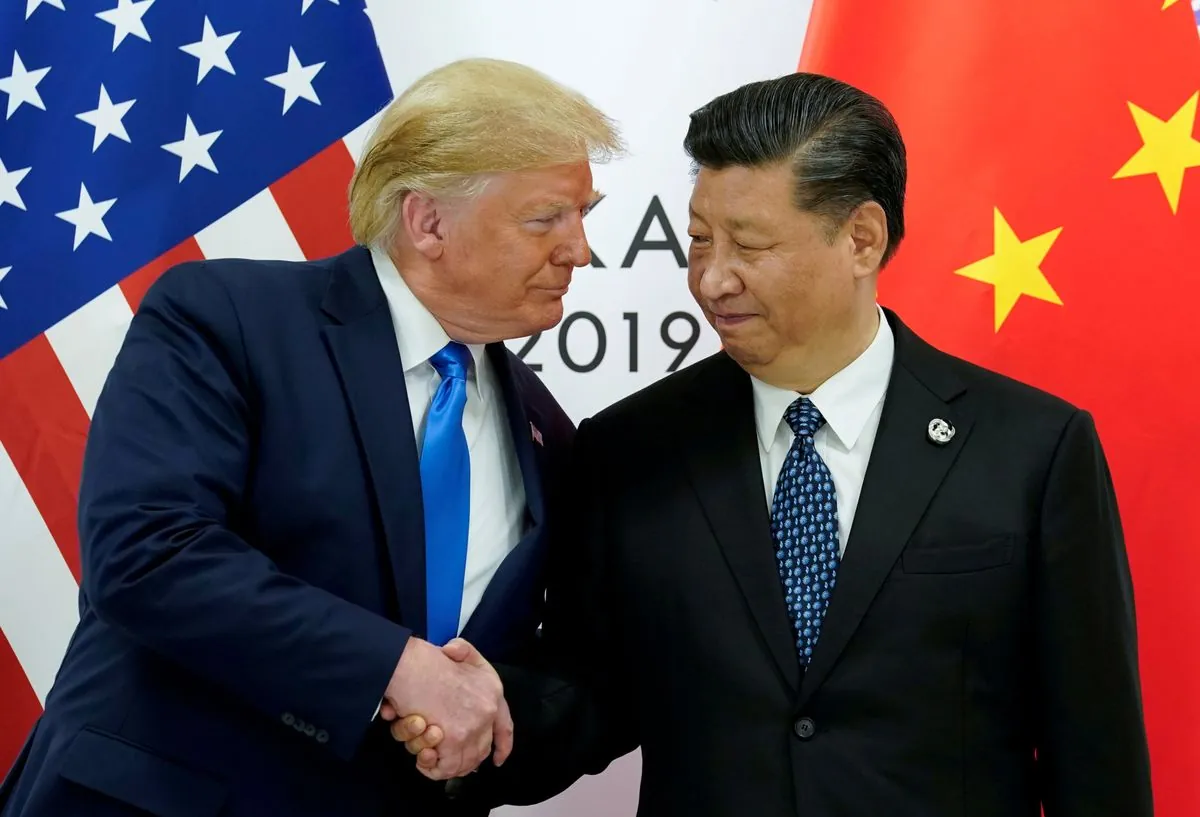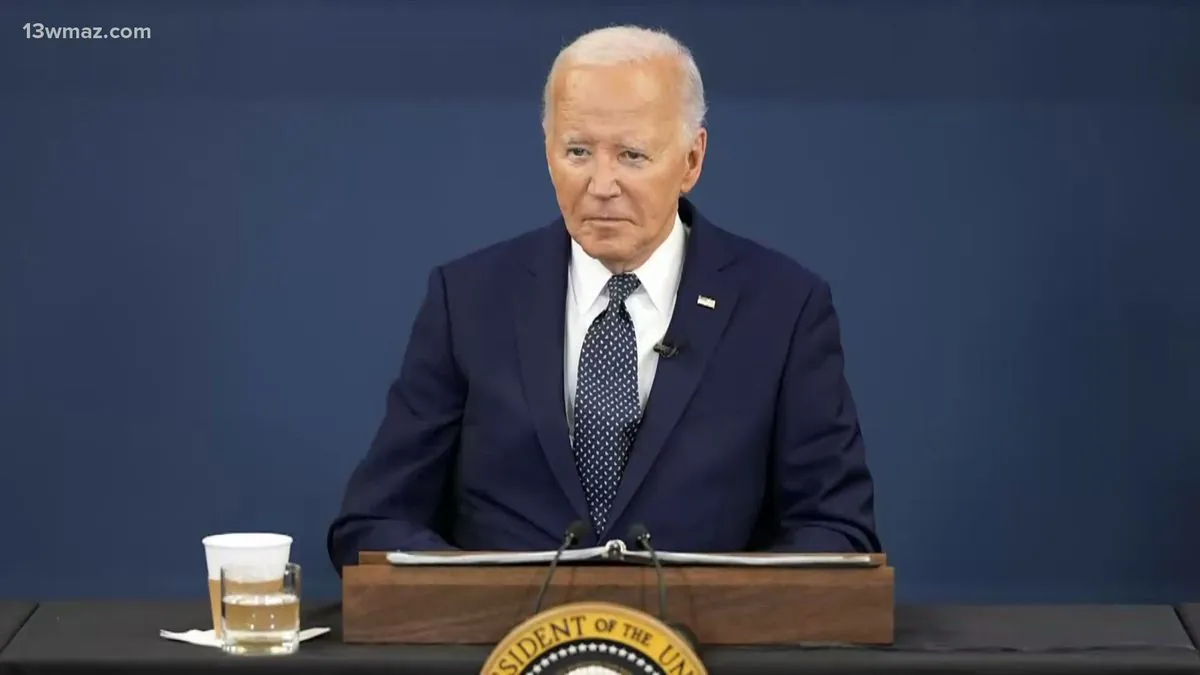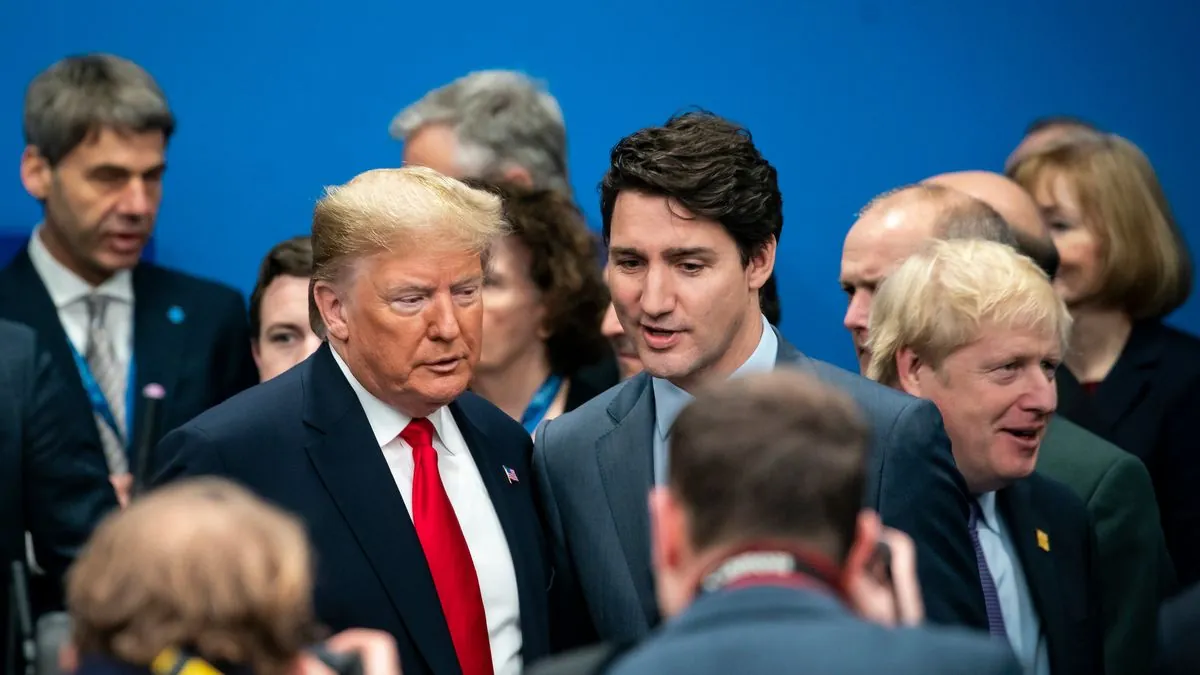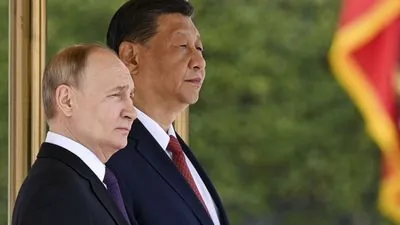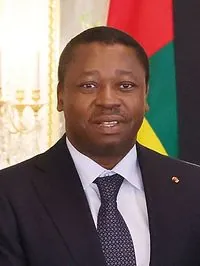Two brave medics share insights about Ukraine's healthcare crisis in war zone
Two volunteer paramedics named Andrei risk their lives daily near Pokrovsk to save wounded people. Their story shows bigger problems in Ukraineʼs war-time medical system that needs quick fixes

In war-torn Pokrovsk a pair of brave paramedics both named Andrei drive their beat-up civilian car (with a funny rubber hand on dashboard) through danger zones. These front-line heroes dont share their full names for safety reasons
The situation in conflict areas shows major gaps in Ukraineʼs medical response system; front-line medics get just 4-weeks of basic-level training while dealing with life-and-death situations daily. The medical staff shortage hits hard - units have less than half the needed personnel to handle emergencies in the field
Near-front hospitals face an even bigger staff crisis: some units work with full teams while others struggle with bare-minimum staff. A high-ranking medical chief from last years field visit shared that they need about 1000 more doctors just for combat zones. The problem comes from not using old Soviet-era rules that could help get more medical workers to the front
- Doctors avoid military service due to low pay
- Many medical graduates switch to better-paying jobs
- Foreign volunteers help but cant fix everything
- Brain-drain keeps taking doctors abroad
The difference between Ukraine and Russiaʼs medical care shows in numbers. While Ukraine saves 5 wounded for each lost soldier Russia loses more people due to poor battlefield care - their ratio stays at 2-to-1. Their telegram channels often show stories of injured soldiers left behind
The average age of soldiers (around 43-45) makes good medical support even more important. Quick help means faster recovery and possible return to duty; its also great for keeping fighters morale up. Social-media spreads both good and bad news about medical care which affects soldiers trust in the system
Western partners could help by sending doctors to work in safer areas letting local medical staff move to combat zones. But the main fix needs to come from inside: Ukraine must start using its medical workers more effectively to keep fighting back. The whole system needs a quick re-work to handle todays challenges
